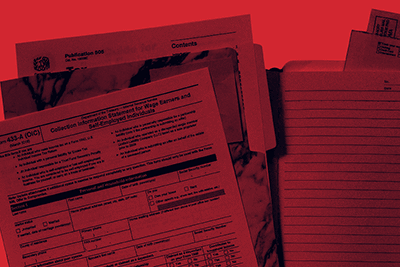Captive Insurance
Growth in Captive Insurance Reflects New Risks and Hard Commercial Market
Reading time: 2 minutes 30 seconds
The significant growth in captive insurance in recent years reflects a wide variety of growing risks that companies face today, as well as the challenge of finding appropriate and affordable coverage in an increasingly hard reinsurance market.
As the reinsurance market hardens, companies are becoming more sophisticated in their ability to identify and assess their own risks and design captive programs to mitigate them at a lower cost. In 2022, the number of captives increased by about 5% in the 29 states (and the District of Columbia) that allow them, to a total of 3,327.
How Did We Get Here?
The cost of reinsurance has skyrocketed, primarily due to increasingly frequent natural disasters. At one time, reinsurance was designed and priced to cover a major event about every five years, but with hurricanes, tornadoes, and wildfires of unprecedented size and destruction wreaking massive damage almost every year in certain regions; costs have risen as the scope of coverage has become limited.
At the same time, new risks not traditionally covered by the commercial insurance market have emerged as identifiable threats to many businesses, including cybercrime, supply chain failures, and a deepening labor shortage. All are factors that can – and do – render companies unable to function or fulfill their obligations to customers.
Sense of Control
Turning to a captive model gives companies a sense of control over what is covered and how it’s covered. Companies design their captive programs to cover specific risks for which they have created risk profiles and determined the level of coverage and funding they would need if disaster struck.
Would you know how much coverage your company would need if it were hit by a cyber attack today and shut down for three days for data recovery? What if the attack included a ransomware demand? The costs of insuring against these disasters on the commercial market are steep and the coverage is limited. But creating a captive program enables a company to align the coverage with the likely damage.
Alternatively, companies may buy disaster coverage on the commercial market with low premiums and high deductibles and create captive programs to cover the first $200,000 or $300,000 of damage.
Many companies have multiple captive programs, with each one designed to mitigate risks in a different region of the world or a different type of risk.
Historically, captive insurance was the purview of large corporations, but it is rapidly filtering down to smaller and middle-market companies as they find themselves priced out of commercial insurance products and as opportunities are created to join group captive or cell captive arrangements.
Types of Captives
There are three main types of captive programs:
- A single-parent captive is the most well-known type, an insurance company set up as a subsidiary of a larger company and wholly owned by that parent company.
- A group captive is a captive insurance company owned by several organizations rather than a single business.
- A cell captive is an entity consisting of a core and a number of cell entities that are legally separate from each other.
While group captives and cell captives sound similar, they offer different structures and protections. Cell captives, in particular, have facilitated a faster and easier way for smaller and middle-market companies to enter the captive market. Moreover, cell captives serve as incubators for exploring the viability of captive strategies.
For instance, strategies are emerging in the insurtech sector for going to market and creating insurance products that may be layered over technology products. The insurtech can participate in the risk through a captive, absorbing a small piece of the customer’s risk with the captive in cases where an insurance carrier may not cover the customer fully. It’s a risk-sharing arrangement that accelerates getting a new product to market.

